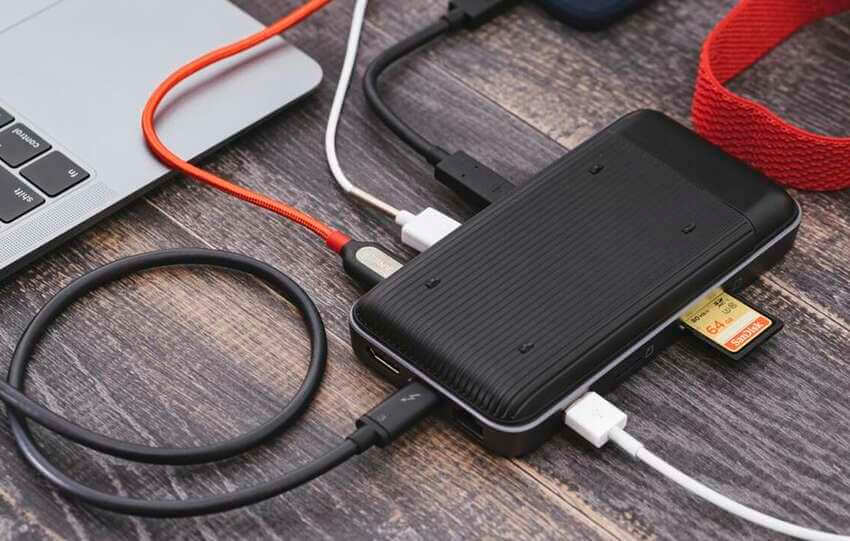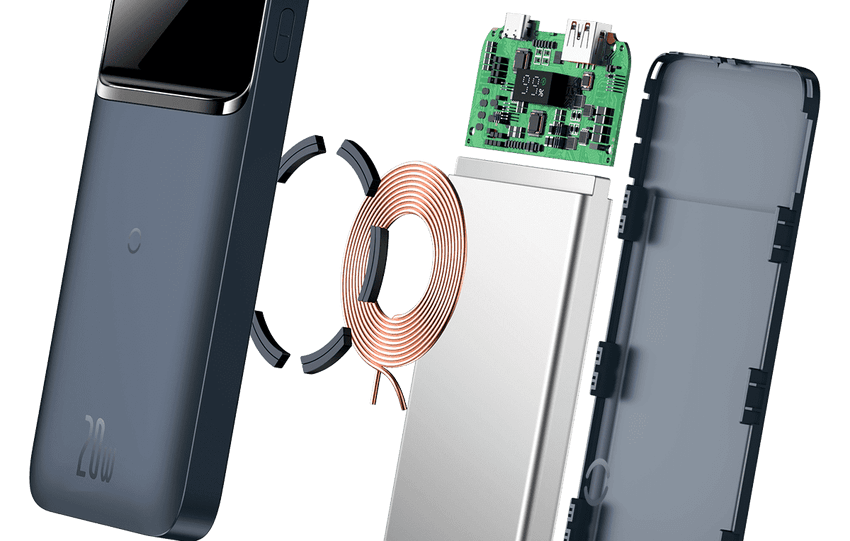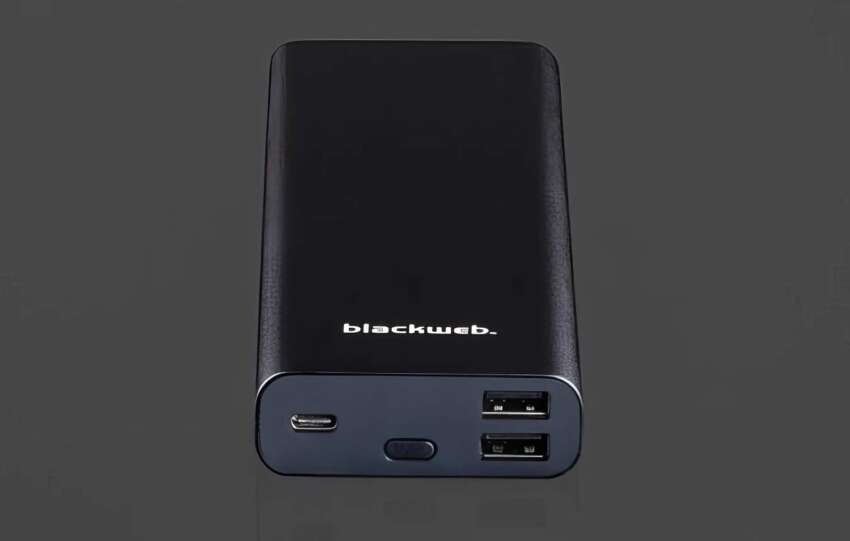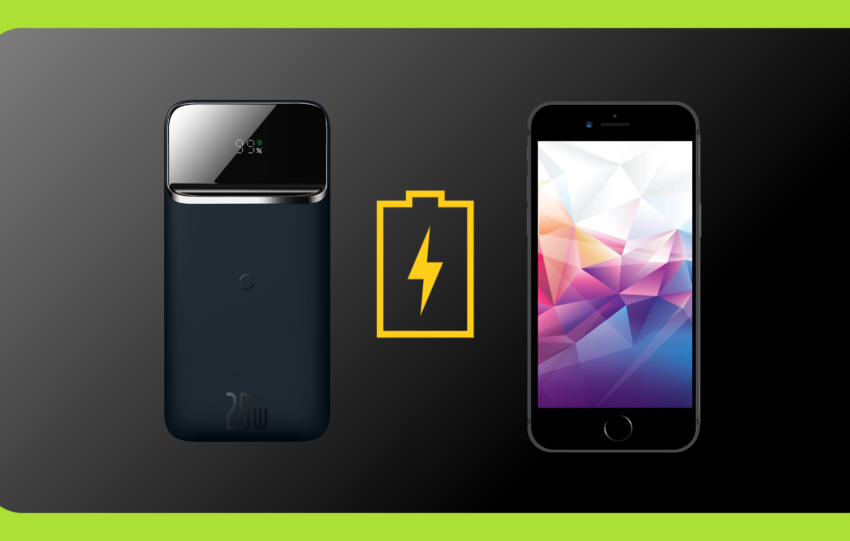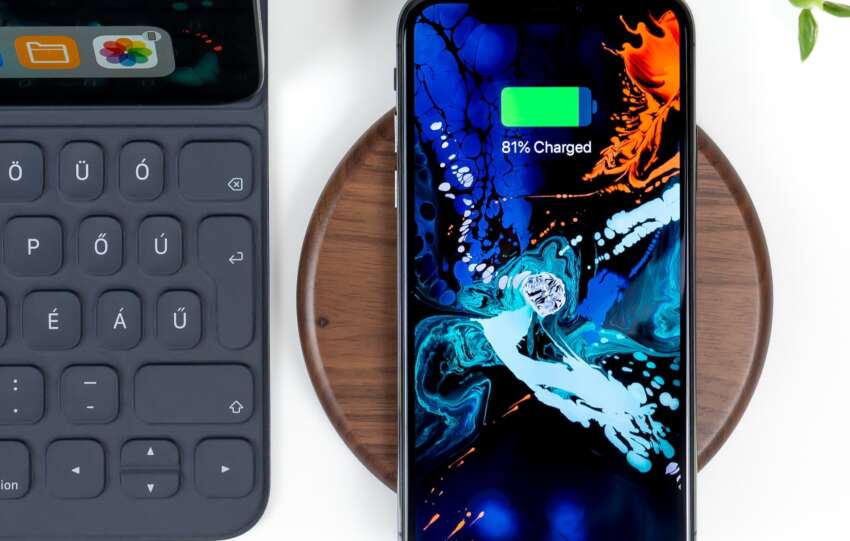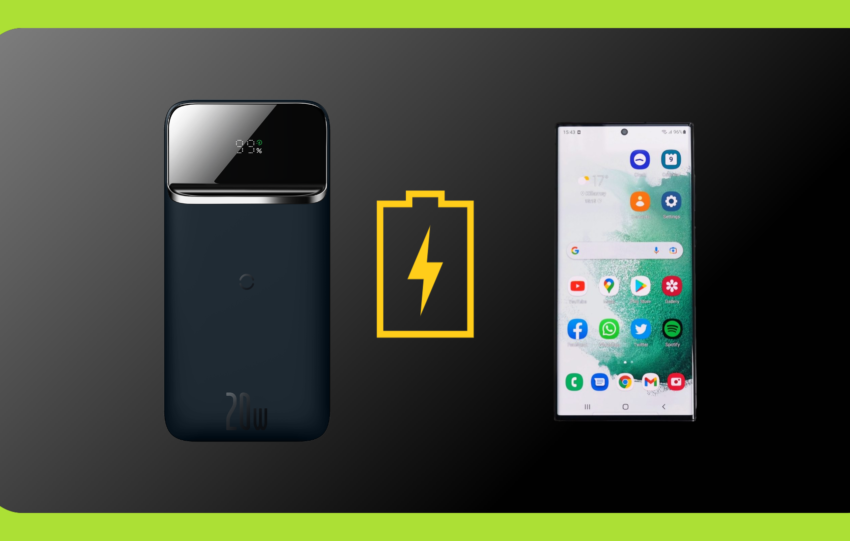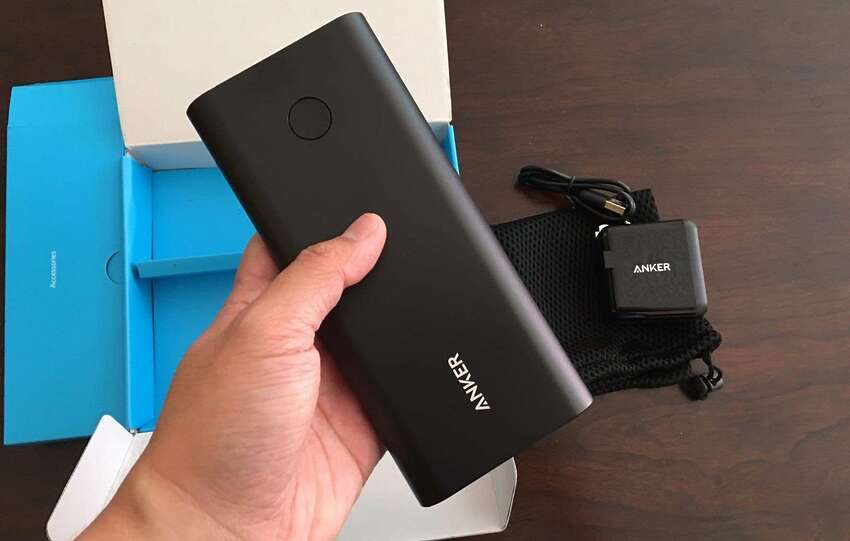Share This Article
look for buying a new powerbank that will meet your needs both now and in the future?
Look no further! In this article, we’ll outline the five key factors to consider when shopping for a new power bank, so that you can make an informed purchase that will meet your needs.
We hope this guide will help you find the perfect power bank for your needs!
What to look for when buying a new power bank?
If you’re like most people, you rely on your smartphone and other electronic devices for almost everything. When the battery in your phone dies, you’re not happy.
That’s why it’s important to have a power bank around that can jump start your device when you need it most. And, depending on your needs, there are a variety of power banks on the market that can meet your needs. In this article, we’ll help you identify some key factors to consider when buying a power bank.
When purchasing a new power bank, be sure to consider the following key factors:
Capacity – The size of the power bank should account for how many devices it can charge simultaneously. For example, a power bank with a capacity of 10,000mAh is likely to be more useful than one with only 2,000mAh.
Outputs – Be sure to check the number and type of outputs available on the power bank. Some power banks may have multiple outputs to allow you to charge more than one device at the same time.
Compatibility – Be sure to read the product specifications carefully before making a purchase, as some power banks are not compatible with certain devices or brands of devices.
Types of power banks
There are a few different types of power banks, but the three most popular types are external batteries, internal batteries, and solar power banks.
External batteries are the simplest type of power bank – they plug into a wall outlet and provide power to devices that need it. They’re usually the smallest and lightest type of power bank and are the most popular type.
Internal batteries are similar to external batteries, but they come with their own battery inside the unit. This means that you can take the internal battery with you when you travel and use it as a power source for your devices. Internal batteries are usually larger and heavier than external batteries, but they’re also more versatile.
Solar power banks are a newer type of power bank that uses solar energy to provide power to devices. This means that they don’t need any electricity from a wall outlet – they just need sunlight to work. Solar power banks are usually larger and more expensive than other types of power banks, but they’re also more versatile because you can use them anywhere there’s sunlight.
Capacity and charging time?
Power banks come in many different capacities and charging times, so it can be difficult to decide which one to buy. Generally, the larger the power bank, the more charges it can hold and the longer it will take to charge.
Charging times by Mirco USB:
Small power banks – These typically have a capacity of 2,000mAh and take around three hours to charge.
Medium power banks – These have a capacity of 4,000mAh and can take around six hours to charge.
Large power banks – These have a capacity of 10,000mAh or more and can take around 12 hours to charge.
Charging times by USB-C:
Power banks come in different capacities and charging times. So, it is important to know what size power bank you need and how long it will take to charge it.
Here are the charging time and capacity of some of the most popular power banks with USB-C:
1. Anker PowerCore 10000 – This power bank has a capacity of 10,000mAh and takes around 4 hours to charge completely.
2. Anker PowerCore+ 26800mAh – This power bank has a capacity of 26,800mAh and takes around 2 hours and 45 minutes to charge completely.
3. Samsung Galaxy S8/S8 Plus Fast Charger – This fast charger has a capacity of Wireless Fast Charging 9V-2A for the Galaxy S8/S8 Plus, which means that it can quick charge both devices at the same time. It takes around 1 hour and 30 minutes to charge the Galaxy S8/S8 Plus completely using this charger.
4. UGREEN Universal Portable Charger – This power bank has a capacity of 18,000mAh and takes around 3 hours to charge completely.
So, these are some of the most popular power banks with charging times and capacities that you may want to consider when purchasing one. Remember to always read the product reviews before making a purchase so that you are sure that you are getting the right size and type of power bank for your needs.
Which power bank is best for you?
The best power bank can give your device at least 2x times charge, as the best power bank for you will depend on a variety of factors, including your needs and budget. However, here are some general tips that may help you choose the best power bank for your needs:
Related Posts
1. Determine your needs – Before you buy a power bank, make sure you have a clear idea of what you need it for. Do you need it for travel purposes? For emergencies? For keeping your devices charged while you’re on the go? Once you have a clear idea of your needs, it will be much easier to find the right power bank for you.
2. Consider portability and convenience – Some power banks are much more portable than others. This means that they can be easily carried around and used wherever you need them. Others are more convenient, meaning that they have more charging ports and are easier to use.
3. Consider the price – Price is always a important consideration when buying anything, but especially when it comes to power banks. Make sure to find a power bank that is affordable and fits your needs.
4. Consider the quality – Just like with anything else, not all power banks are created equal. Make sure to read reviews and compare different models before making a purchase. You want to make sure that you’re getting the best possible product for your money!
How to use and take care of your power bank
Power banks are essential devices for people who use a lot of devices like smartphones, tablets, and laptops. They help us to stay connected even when there is no access to electricity. However, like any other electronic device, power banks need to be used and taken care of in order to ensure their longevity. Here are a few tips on how to use and take care of your power bank:
1. Always charge your power bank before you use it – This will ensure that the battery is fully charged when you need it.
2. Avoid charging your power bank overnight – Doing so will damage the battery and shorten its lifespan.
3. Only use the charger that came with your power bank – Do not attempt to use another charger as this may damage the power bank even more.
4. Store your power bank in a cool, dry place – Power banks can become unusable if they are not stored correctly. Keep them away from direct sunlight and moisture or they may fail prematurely.
5. Take care of the cable – The cable that connects the power bank to the wall can become brittle over time and may break easily if it is not handled gently.
Tips for travelling with a power bank
If you’re travelling with a power bank, here are a few tips that will help you get the most out of your trip:
1. Make sure your power bank can handle the voltage of the country you’re visiting – Many power banks are designed for use in the US or Europe, and may not work well in countries with different voltage levels.
2. Get a travel adapter – This will help you plug your power bank into the wall in any country you’re visiting, no matter the voltage.
3. Charge your power bank regularly – It’s important to keep your power bank fully charged so you can use it whenever you need it. Most devices allow you to charging using a standard AC adapter, or using a USB port on a computer or phone.
4. Be aware of local taxes – Many countries have tax laws that apply to electronic devices, including power banks. Make sure to research the tax laws in advance so you don’t get stuck with any hefty fees.
Hopefully these tips will help make your travels more comfortable and efficient!
Conclusion look for buying a new powerbank
Buying a new power bank can be a daunting task, but don’t worry – we’ve got you covered!
In this blog, we will list down some key factors to look for when purchasing a power bank, so that you can make an informed decision.

